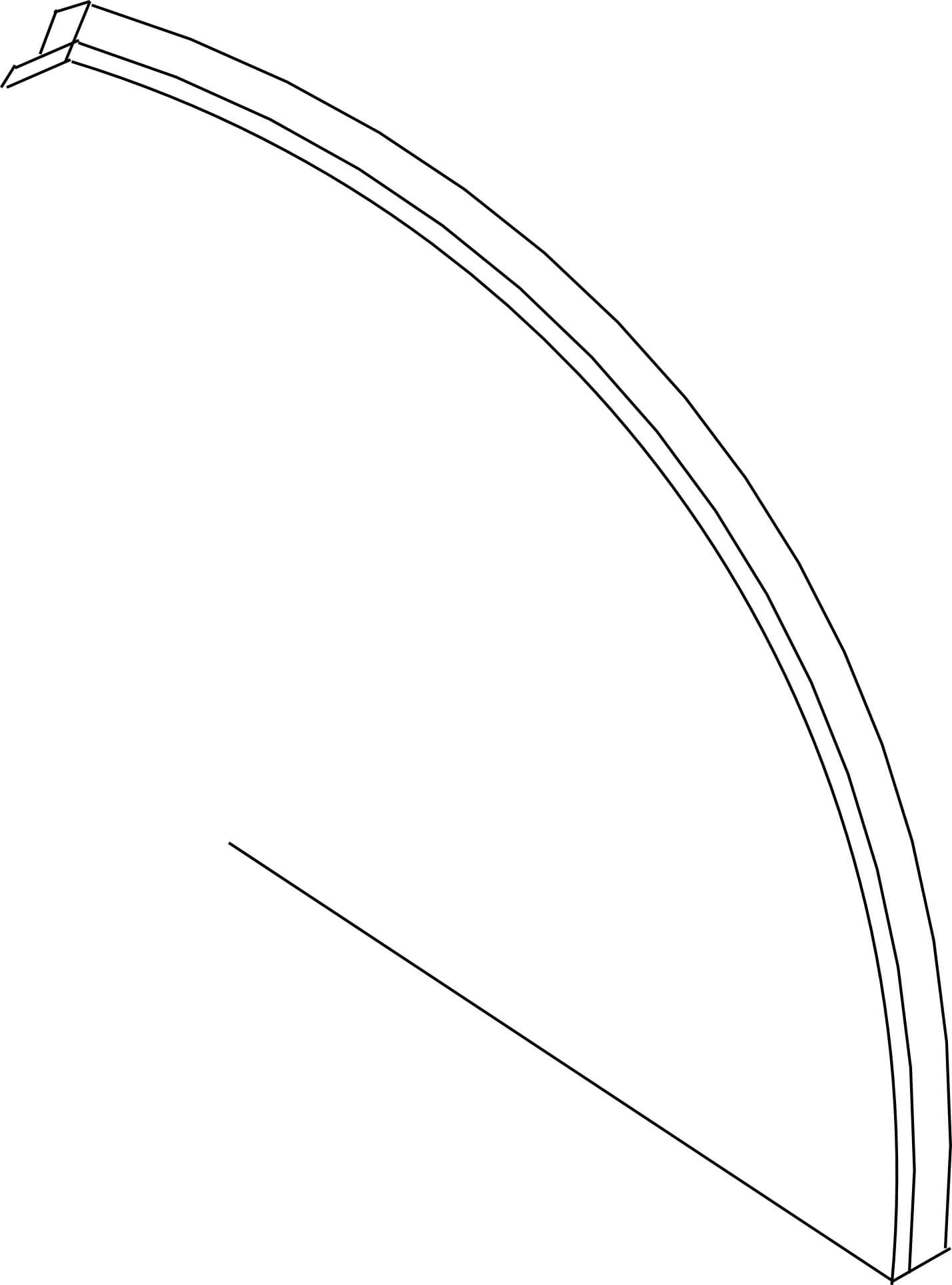Question
I am putting a leather top on a project much like an antique leather desk top. It is a framed opening right now, but I am unsure which way is best to install the leather. Does the leather get applied to a panel and set in place, or should the recess be left off 1/16 plus or minus (for thickness of material), then the leather laid right onto that?
Forum Responses
(Furniture Making Forum)
From contributor J:
On antiques it is almost always glued directly on a recessed portion of the furniture. Wallpaper paste is what my leather supplier recommends and it works very well. On new wood you would probably want to size with commercial sizing or a thinned coat of your regular paste.
For smaller glue ups, I have used rubber cement. I have never used the wallpaper paste, but it sounds like it should work. I have used yellow glue many times for the larger pieces, which always worked for me.
The panel method works well for thinner leather. If you are using a thicker leather, or are having trouble forming the leather around the panel, leather becomes easier to work when it is wet. Use a spray bottle and spray both sides of the leather to make it easier to form around the panel. Don't dunk the leather, just wet the surface. Be careful, because the wet surface will scratch very easily, but this will allow you to bend and crease around the panel much easier with moisture in the leather. I know it seems like the wrong thing to do - wetting leather - but leather workers do it all the time before tooling, as this is the only way to soften the leather. As long as you use clean water, it will not stain your leather, and you can stain and finish your leather once it dries.
